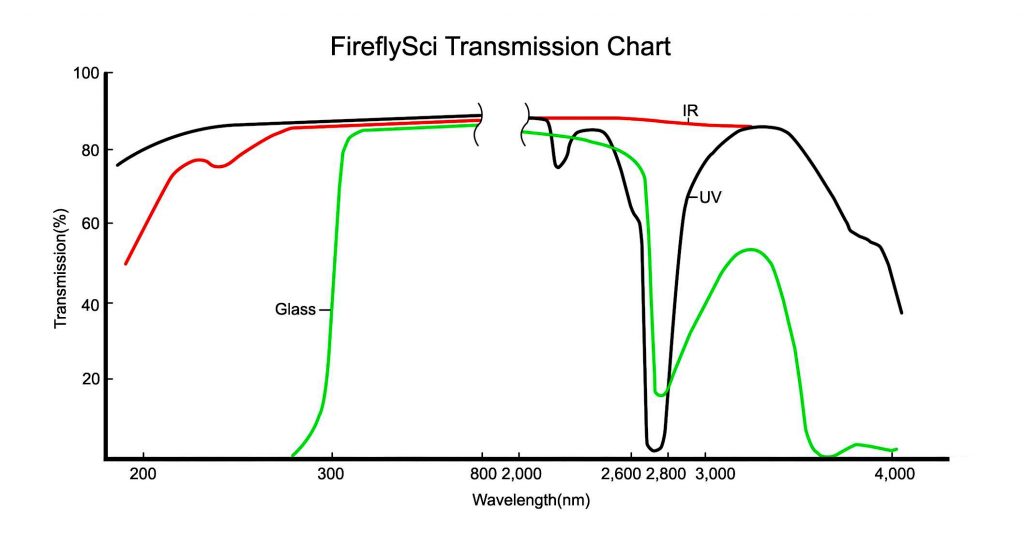Quartz Cuvette is made by high quality quartz , also called quartz glasses. The quartz cuvette is most expensive, and it is mainly used in Some High-precision experiments.
Glass cuvettes are used in the visible range from 320nm to 2500 nm. Quartz cuvettes have precise results in the whole UV and visible range from 200nm to 2500 nm. The smaller the manufacturing tolerance, the better and more repeatable the measurement.
The Difference between Quartz and Glass Cuvettes
The differences between quartz and glass cuvettes are following:
Transmission properties – as you can see from the information above quartz has a bigger transmission range than glass.
Thermal Properties – A quartz material has a much higher melting point than glass.
Chemical Compatibility – The chemical structure of quartz is stronger than glass making it able to handle a bigger range of chemicals that would melt or damage a glass cuvette.
Modifications – Here is where glass cuvettes really shine. A pyrex cuvette is super easy to modify and make attachments to. Quartz cuvettes can be modified but is a much bigger process.
Quartz Cuvette VS Glass cuvette
1.The Glass cuvette can’t be used in UV ultra violet laser light < 320nm. However the Quartz Cuvette works well for UV light < 320nm, such as 300nm and 270nm.
2.The Quartz Cuvette is more expensive than regular Glass cuvette .
How to Tell If You Have a Glass Cuvette
The best method to tell if it’s a quartz or glass cuvette, pop it into your spectrophotometer, run a wavelength scan from 200-700 nm.
If you see transmission start at 190 nm this is a UV quartz cuvette.
If the transmission starts at 340 nm this is a glass cuvette.
If transmission starts at 220 nm this is an IR quartz cuvette.


